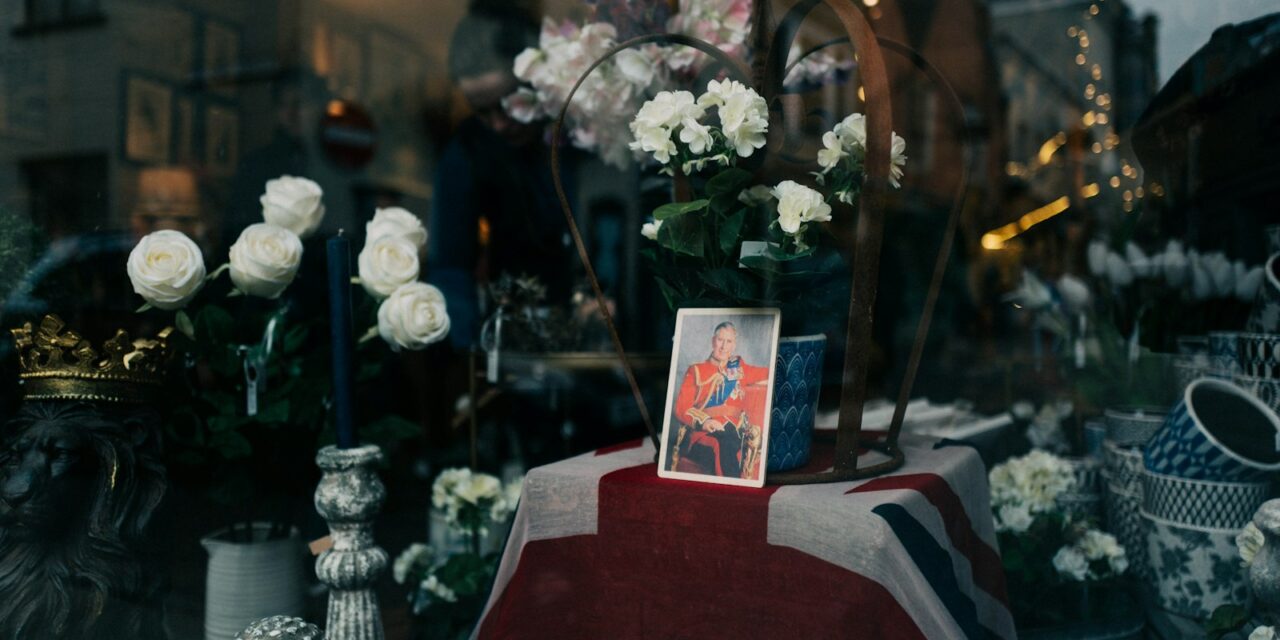On June 5, 2024, the United Kingdom began circulating banknotes featuring the portrait of King Charles III. This marks only the second time a British monarch’s image has been depicted on these notes, with Queen Elizabeth II being the first in 1960. The King’s image, derived from a photograph taken in 2013, appears on the existing designs of the £5, £10, £20, and £50 notes, maintaining the familiar heraldic shields representing England, Wales, Scotland, and Northern Ireland.
The introduction of these banknotes follows a meticulous production and distribution process. The first set of notes was printed a year prior to ensure compatibility with automated machines. In keeping with tradition, King Charles received the first notes bearing the lowest serial numbers. Collectors quickly sought out these early issues, with some traveling significant distances to obtain them.
Despite the transition to notes featuring the new monarch, older notes with Queen Elizabeth II’s portrait remain valid for transactions. This gradual replacement strategy helps manage the logistics of currency exchange without causing disruption.
The Bank of England governor, Andrew Bailey, highlighted the significance of this change, noting the commitment to providing cash as long as there is public demand. However, surveys indicate a shifting attitude towards cash usage. Nearly half of the respondents in a recent survey expect a cashless society within their lifetime, although a substantial proportion still relies on cash for everyday transactions.
Over the past decade, numerous bank branches have closed, limiting access to cash. In response, banking hubs managed by the Post Office have been established in some areas, providing essential services such as cash withdrawals, deposits, and bill payments. These hubs have become vital for local businesses and residents, particularly in areas like Looe in Cornwall.
The introduction of King Charles III’s portrait on banknotes is part of a broader update of national symbols following his ascension to the throne. Coins, stamps, passports, and official portraits have also been updated to reflect the new monarch. This comprehensive update underscores the ongoing evolution of national symbols and the gradual transition from Queen Elizabeth II’s long reign to the new era under King Charles III.




